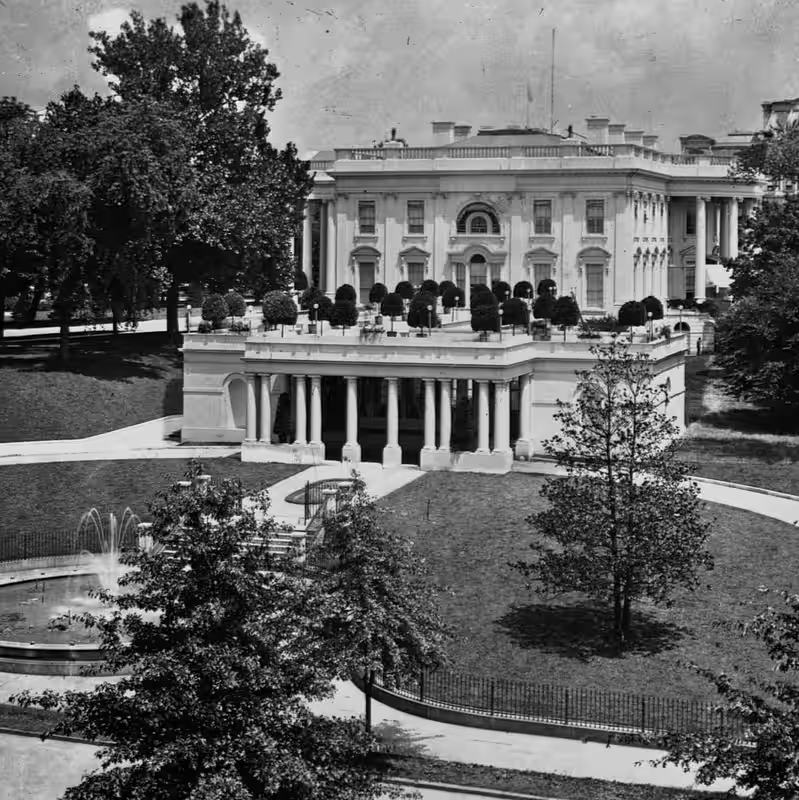Table of Contents
- What Is the East Wing?
- A Home for First Ladies
- Social Hub and Public Entrance
- The Secret Bunker Beneath
- East Wing vs. West Wing: Key Differences
- Notable Moments in East Wing History
- Sources
What Is the East Wing?
The White House East Wing is far more than just an architectural afterthought. Built in 1942 during Franklin D. Roosevelt’s presidency, this often-overlooked wing serves multiple critical roles: it’s the official base of operations for the First Lady, a primary entry point for public and ceremonial events, and—perhaps most intriguingly—a hidden emergency bunker.
A Home for First Ladies
While the West Wing houses the President’s senior staff and Oval Office, the East Wing has long been the domain of the First Lady and her team. It contains the First Lady’s office, staff workspaces, and planning rooms for major initiatives—from Michelle Obama’s “Let’s Move!” campaign to Jill Biden’s focus on education and military families.
Unlike the politically charged West Wing, the East Wing operates with a more community-oriented, cultural, and diplomatic tone—reflecting the evolving role of First Ladies in American public life.
Social Hub and Public Entrance
The East Wing serves as the main entrance for thousands of visitors each year attending state dinners, holiday receptions, school tours, and public ceremonies. Its grand foyer leads to the White House Visitor Center and connects to the Jacqueline Kennedy Garden and the East Colonnade—a favorite photo spot for dignitaries and guests.
This public-facing role makes the East Wing a symbol of openness, even as it sits just steps away from some of the building’s most secure zones.
The Secret Bunker Beneath
Few know that beneath the East Wing lies a Cold War–era emergency bunker, constructed during World War II as part of FDR’s expansion. Originally designed to protect the First Family during air raids, it was later upgraded during the Cuban Missile Crisis.
Though never publicly activated, the bunker remains part of the White House’s continuity-of-government infrastructure. Its exact layout and current capabilities are classified, but historians confirm it includes communications equipment, blast doors, and independent life-support systems.
East Wing vs. West Wing: Key Differences
| Feature | East Wing | West Wing |
|---|---|---|
| Primary Function | First Lady’s office, public events | President’s office, executive staff |
| Built | 1942 | 1902 |
| Public Access | Yes (tours, events) | No (highly restricted) |
| Hidden Feature | Emergency bunker | Situation Room |
Notable Moments in East Wing History
- 1961: Jackie Kennedy launched her historic White House restoration project from the East Wing.
- 1990s: Hillary Clinton used the space to coordinate the failed Health Care Task Force.
- 2009: Michelle Obama planted the first White House kitchen garden nearby, sparking a national nutrition movement.
- 2021: Dr. Jill Biden hosted Afghan refugee families in the East Garden during evacuation efforts.
Despite its lower profile, the East Wing has quietly shaped American culture, diplomacy, and crisis response for over 80 years.




